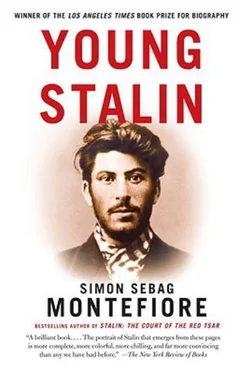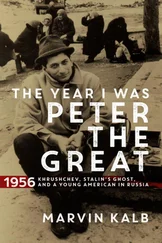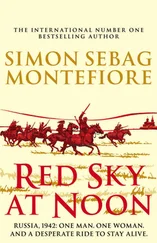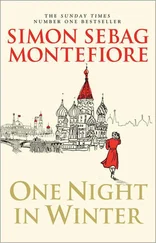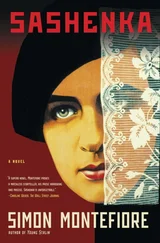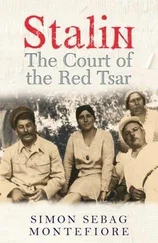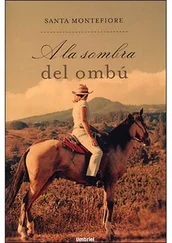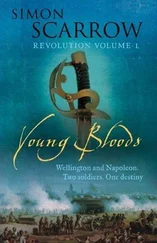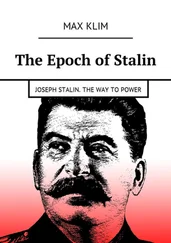No one could guess how many robbers there had been: witnesses thought there were up to fifty gangsters raining bombs from the roofs, if not from Holy Mountain. No one actually saw Kamo take the banknotes. The Okhrana heard stories from all over Russia that the robbery was, variously, arranged by the state itself, by Polish socialists, by Anarchists from Rostov, by Armenian Dashnaks, or by the Socialist-Revolutionaries.
None of the gangsters was caught. Even Kupriashvili regained consciousness just in time to hobble away. In the chaotic aftermath, they scarpered in every direction, melting into the crowds. One, Eliso Lominadze, who had been covering a street-corner with Alexandra, slipped into a teachers’ conference, stole a teacher’s uniform and then nonchalantly wandered back to the square to admire his handiwork. “Everyone survived it,” said Alexandra Darakhvelidze, dictating her memoirs in 1959, by then the only member of the ill-fated gang still alive.
Fifty lay wounded in the square. The bodies of three Cossacks, the bank officials and some innocent passers-by lay in pieces. The censored newspapers kept casualties low but the Okhrana’s archives reveal that around forty were killed. Dressing-stations for the wounded were set up in nearby shops. Twenty-four seriously wounded were taken to hospital. An hour later, passers-by saw the funereal progress of a ghoulish carriage carrying the dead and their body-parts down Golovinsky, like the giblets from an abattoir. {17}
The State Bank itself was unsure if it had lost 250,000 roubles or 341,000, or somewhere between the two figures—but it was certainly an impressive sum worth about £1.7 million (U.S. $3.4 million) in today’s money though its effective buying power was much higher.
Bochoridze and his wife, Maro, another of the female bank robbers, sewed the money into a mattress. Svelte Mauser-toting Patsia Goldava then called porters, perhaps some of Stalin’s urchins, and supervised its removal to another safe house across the river Kura. The mattress was then placed on the couch of the director of the Tiflis Meteorological Observatory, where Stalin had lived and worked after leaving the seminary. It was Stalin’s last job before he plunged into the conspiratorial underground, indeed his last real employment before he joined Lenin’s Soviet government in October 1917. Later the director of this weather-centre admitted he had never known what riches lay under his head.
Stalin himself, many sources claim, helped stow the cash in the observatory. If this sounds like a myth, it is plausible: it transpires that he often handled stolen funds, riding shotgun across the mountains with saddlebags full of cash from bank robberies and piracy.
Surprisingly, that night Stalin felt safe enough to go home to Kato and boast of his exploit to his family—his boys had done it. {18} Well might he boast. The money was safe in the weatherman’s mattress and would soon be on its way to Lenin. No one suspected Stalin or even Kamo. The booty would be smuggled abroad, some of it even laundered through the Credit Lyonnais. The police of a dozen nations would pursue cash and gangsters for months, in vain.
For a couple of days after the heist, Stalin, it is said, unsuspected of any connection to the robbery, was secure enough to drink insouciantly in riverside taverns, but not for long. He suddenly told his wife that they were leaving at once to start a new life in Baku, the oil-boom city on the other side of the Caucasus.
“The devil knows,” reflected Novoye Vremya (the Tiflis New Times) , “how this uniquely audacious robbery was carried out.” Stalin had pulled off the perfect crime.
The Tiflis bank robbery turned out to be far from perfect. Indeed it became a poisoned chalice. Afterwards, Stalin never lived in Tiflis or Georgia again. The fate of Kamo would be insanely bizarre. The quest for the cash—some of which, it turned out, was in marked notes—would be tangled, but even these astonishing twists were far from the end of the matter for Stalin. The heist’s success was almost a disaster for him. The robbery’s global notoriety became a powerful weapon against Lenin, and against Stalin personally.
The gangsters fell out over the spoils. Lenin and his comrades fought for possession of the cash like rats in a cage. His enemies spent the next three years launching three separate Party investigations hoping to ruin him. Stalin, persona non grata in Georgia, tainted by the brazen flouting of Party rules and this reckless carnage, was expelled from the Party by the Tiflis Committee. This was a blot that could have derailed his bid to succeed Lenin and spoiled his ambition to become a Russian statesman and a supreme pontiff of Marxism. It was so sensitive that even in 1918 Stalin launched an extraordinary libel case to suppress the story. [5]His career as gangster godfather, audacious bank robber, killer, pirate and arsonist, though whispered at home and much enjoyed by critics abroad, remained hidden until the twenty-first century.
In another sense, the Tiflis spectacular was the making of him. Stalin had now proved himself, not only as a gifted politician but also as a ruthless man of action, to the one patron who really counted. Lenin decided that Stalin was “exactly the kind of person I need.”
Stalin, his wife and baby vanished from Tiflis two days later—but it was far from his last heist. There were new worlds to conquer—Baku, the greatest oil city in the world, St. Petersburg the capital, and vast Russia herself. Indeed Stalin, the Georgian child raised rough on the violent, clannish streets of a turbulent town that was the bank-robbery capital of the Empire, now stepped, for the first time, onto the Russian stage. He never looked back.
Yet he was on the eve of a personal tragedy which helped transform this murderous egomaniac into the supreme politician for whom no prize, no challenge and no cost in human life would be too great to realize his personal ambitions and his utopian dreams. {19}
The rose’s bud had blossomed out
Reaching out to touch the violet
The lily was waking up
And bending its head in the breeze
High in the clouds the lark
Was singing a chirruping hymn
While the joyful nightingale
With a gentle voice was saying—
“Be full of blossom, oh lovely land
Rejoice Iverians’ country
And you oh Georgian, by studying
Bring joy to your motherland.”
—SOSELO (Josef Stalin)
On 17 May 1872, a handsome young cobbler, the very model of a chivalrous Georgian man, Vissarion “Beso” Djugashvili, aged twenty-two, married Ekaterina “Keke” Geladze, seventeen, an attractive freckled girl with auburn hair, at the Uspensky Church in the small Georgian town of Gori. {20}
A matchmaker had visited Keke’s house to tell her about the suit of Beso the cobbler: he was a respected artisan in Baramov’s small workshop, quite a catch. “Beso,” says Keke in newly discovered memoirs, [6]“was considered a very popular young man among my friends and they were all dreaming of marrying him. My friends nearly burst with jealousy. Beso was an enviable groom, a true karachogheli [Georgian knight], with beautiful moustaches, very well dressed—and with the special sophistication of a town-dweller.” Nor was Keke in any doubt that she herself was something of a catch too: “Among my female friends, I became the desired and beautiful girl.” Indeed, “slender, chestnut-haired with big eyes,” she was said to be “very pretty.”
The wedding, according to tradition, took place just after sunset; Georgian social life, writes one historian, was “as ritualised as English Victorian behaviour.” The marriage was celebrated with the rambunctious festivity of the wild town of Gori. “It was,” Keke remembers, “hugely glamorous.” The male guests were true karachogheli , “cheerful, daring and generous,” wearing their splendid black chokha s, “broad-shouldered with slim waists.” The chief of Beso’s two best men was Yakov “Koba” Egnatashvili, a strapping wrestler, wealthy merchant and local hero who, as Keke puts it, “always tried to assist us in the creation of our family.”
Читать дальше
